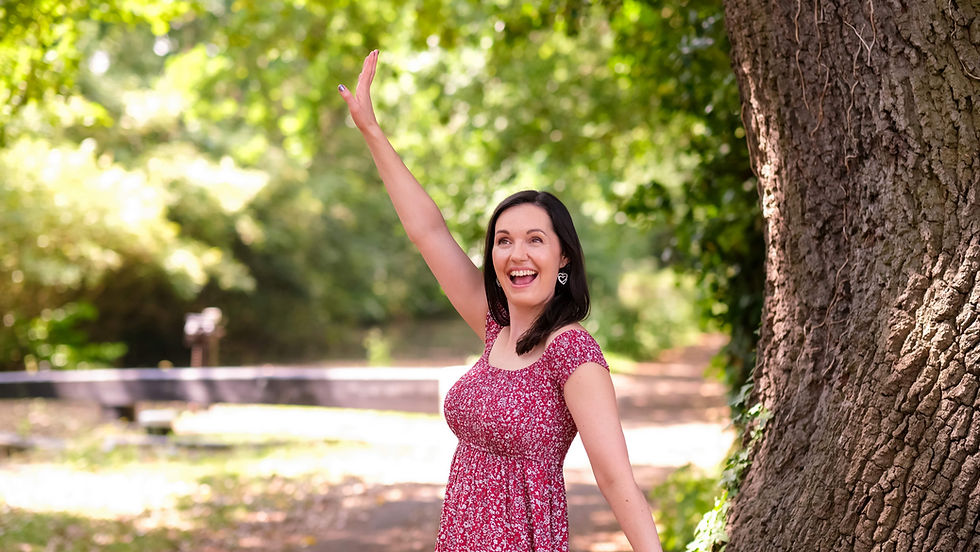How images make or break a website
- Claire with the Camera

- Jun 12, 2023
- 3 min read
Updated: Jul 10, 2023
by Jude Wharton, co-founder of Ready Steady Websites®, an off the shelf website and membership site template service.
Images make or break a website. This is something I say A LOT! You can have really well written, engaging copy on your website, it can be beautifully laid out and flow nicely but if your images look dull, unprofessional and are slow to load you are likely to put your website visitor off before they even get to reading that content and looking around your website!
So here are some top tips for getting your website images right.
1. Get professional photos taken
If you have the budget and I do recommend you create some budget for this, use professional photography on your website that is unique to you. Whether you need photos of yourself and your team to convey your brand or whether you have some amazing products you need to showcase, professional photography will always be best for doing this.
Not only will the photos be high quality and engaging but a professional photographer will ensure they work on your website and will make suggestions about the types of shots you should have taken that will make your website visually amazing that you wouldn’t have even thought of.

2. Update your photos regularly and add alt text
Updating your photos is a really easy way to show your returning website visitors that you are actively working in your business. Especially if you have new products or you’ve recently run a fantastic session or event that you captured in photos.
Also, if there are photos of you and your team on your website, they need to look like you so that you are providing a consistent brand experience from being seen in person, on social media and on your website. That photo on your about page that you had taken 20 years ago might be the best photo you’ve ever had taken but unfortunately, we all change quite a lot in 20 years and it’s time to let another photographer work their magic.
Another reason to update your photos is changing content on your website regularly reminds Google you’re there so adding and changing photos helps with SEO (search engine optimisation) too. Make sure you add alt text to your images that is relevant so that Google and text readers know what the photos are of. This not only helps with SEO but makes your website more accessible.

3. Make sure your website images are engaging and truly reflect your business
Photos and images on a website really do set the tone and feel of the site so they need to feel right and draw the right people in. I recently went to the website of a solicitor that specialises in family law to do a website review for them. I was surprised by what I saw when I hit the homepage because I felt like I was on a travel agent’s website. The hero image (full width image at the top of the page) was of a beautiful beach with clear blue sea and palm trees. I think they were trying to convey that working with them would be a positive experience but perhaps a photo of them chatting with a smiling family would have hit the mark better.
This is another reason to work with a professional photographer. They will get an idea of you and your business before the shoot and they might suggest you have some props with you so that they really do capture the right images to get your message across.

4. Ensure your website images load quickly
Uploading a photo to your website that is too large will affect your page loading speed and the whole user experience for your website visitors. When I say too large, I mean in file size not the physical space it takes up on the screen. To make sure your images are an OK size you can run them through tinypng.com before you upload them to your website to reduce the size.
If you would like more tips around making sure your website is reflecting your business in the best way possible I have written a variety of blog posts on the Ready Steady Websites® blog and we have a few free resources to help you as well.

About the author:

Jude Wharton is one of the co-founders of Ready Steady Websites®, an off the shelf website and membership site template service. Jude and her business partner and husband, Chris launched Ready Steady Websites® in 2019 and they have been running a successful digital design company, 2nd Floor Designs Ltd since 2010. They are also the co-authors of The Website Handbook.




Comments